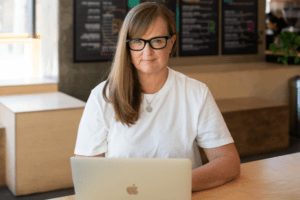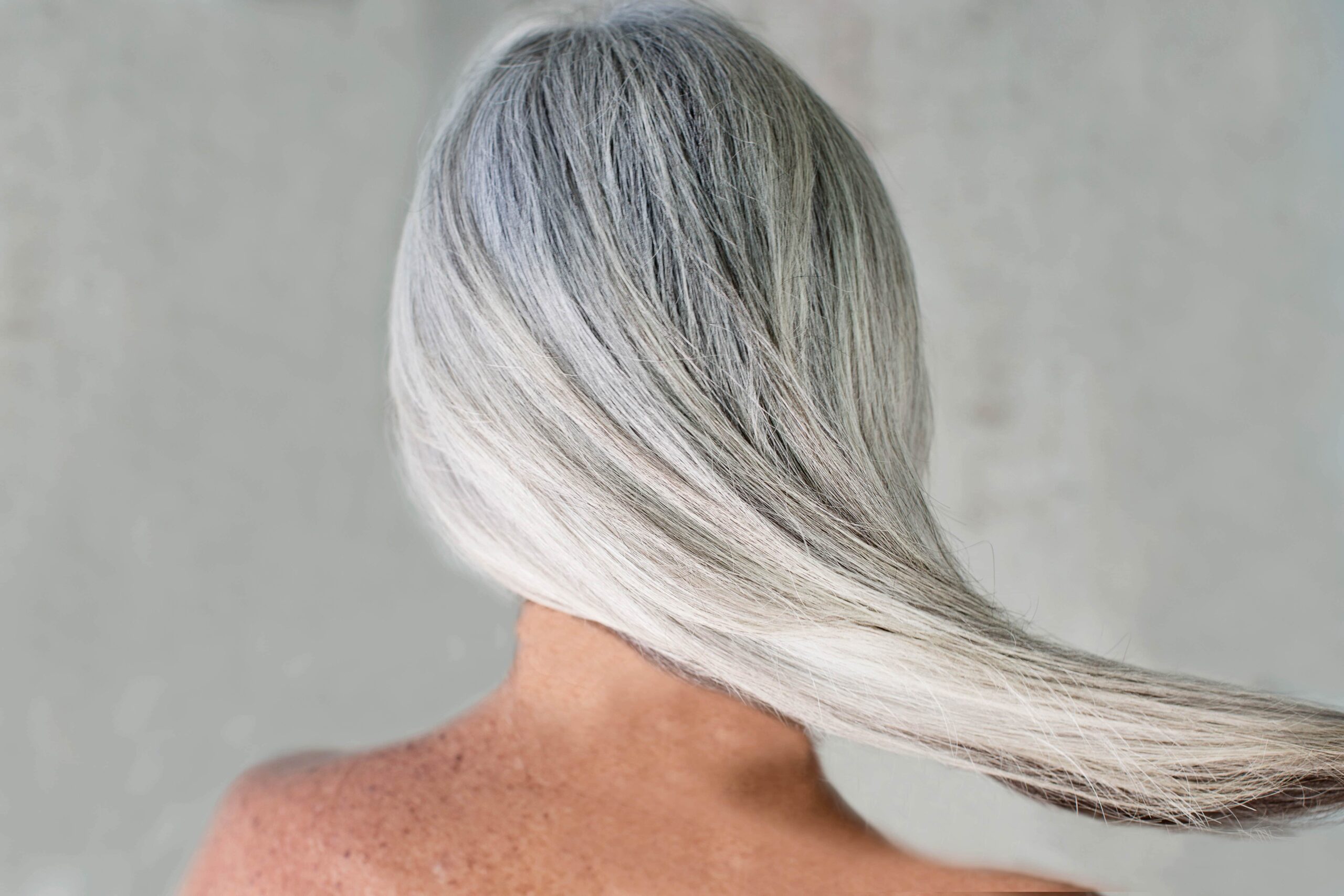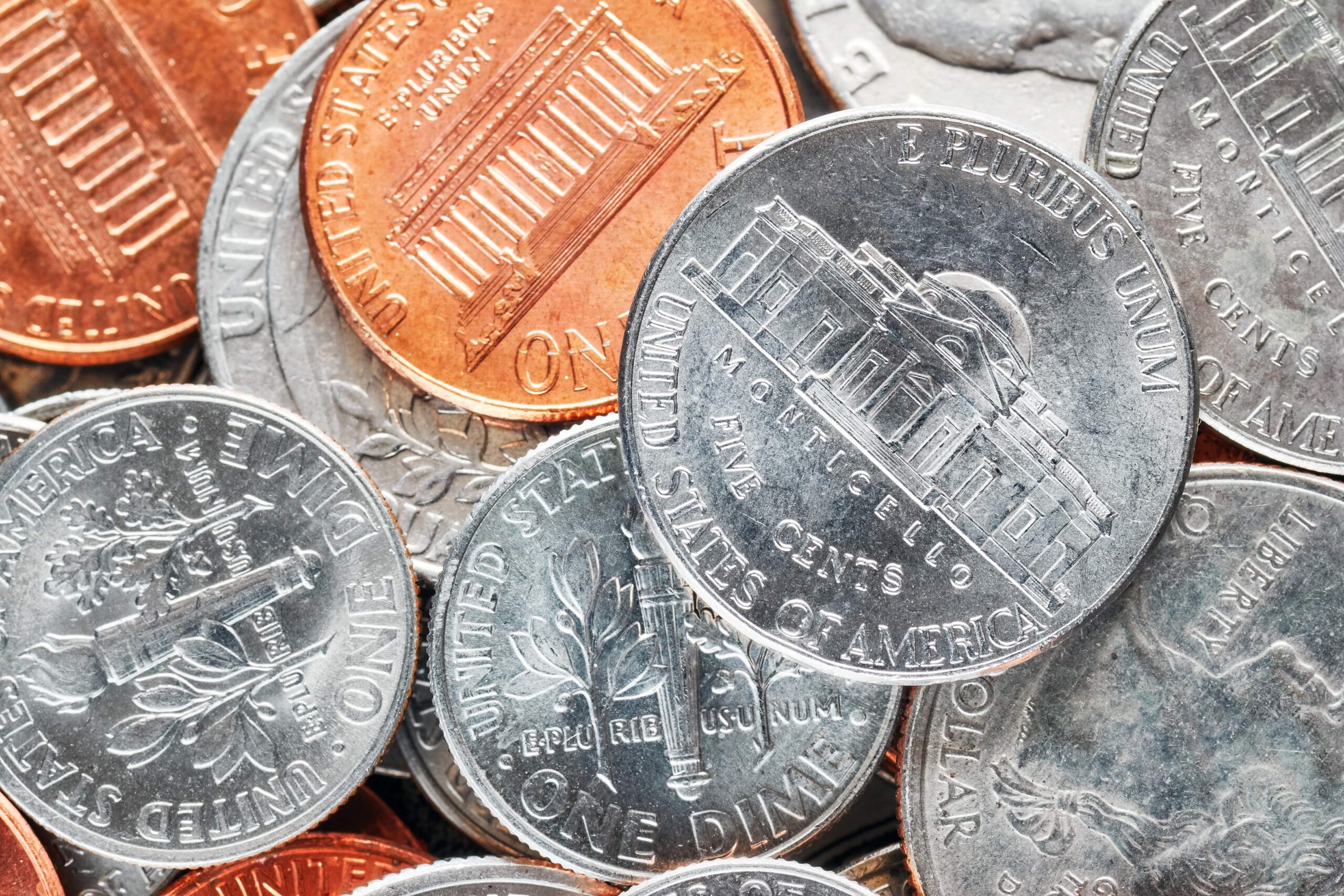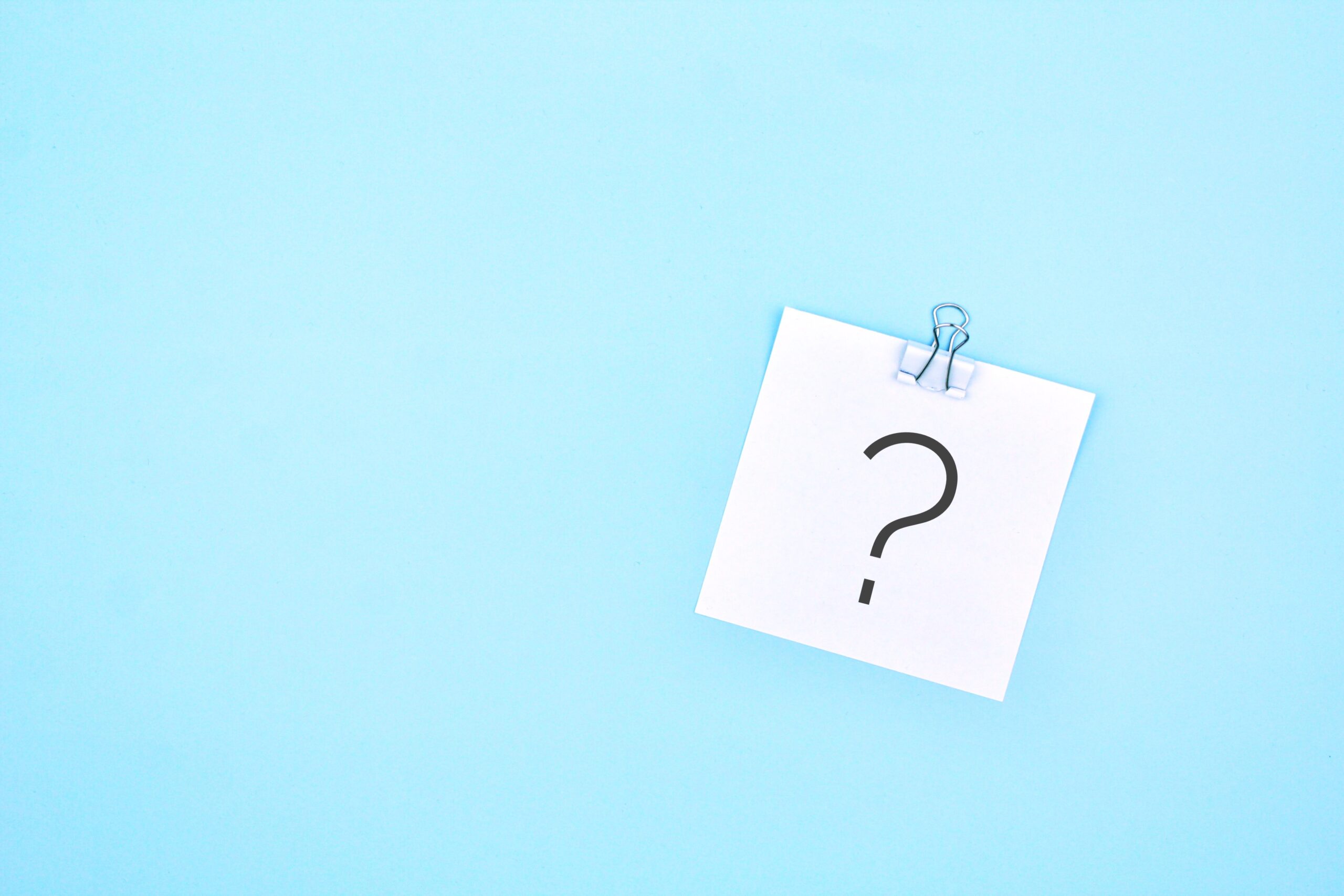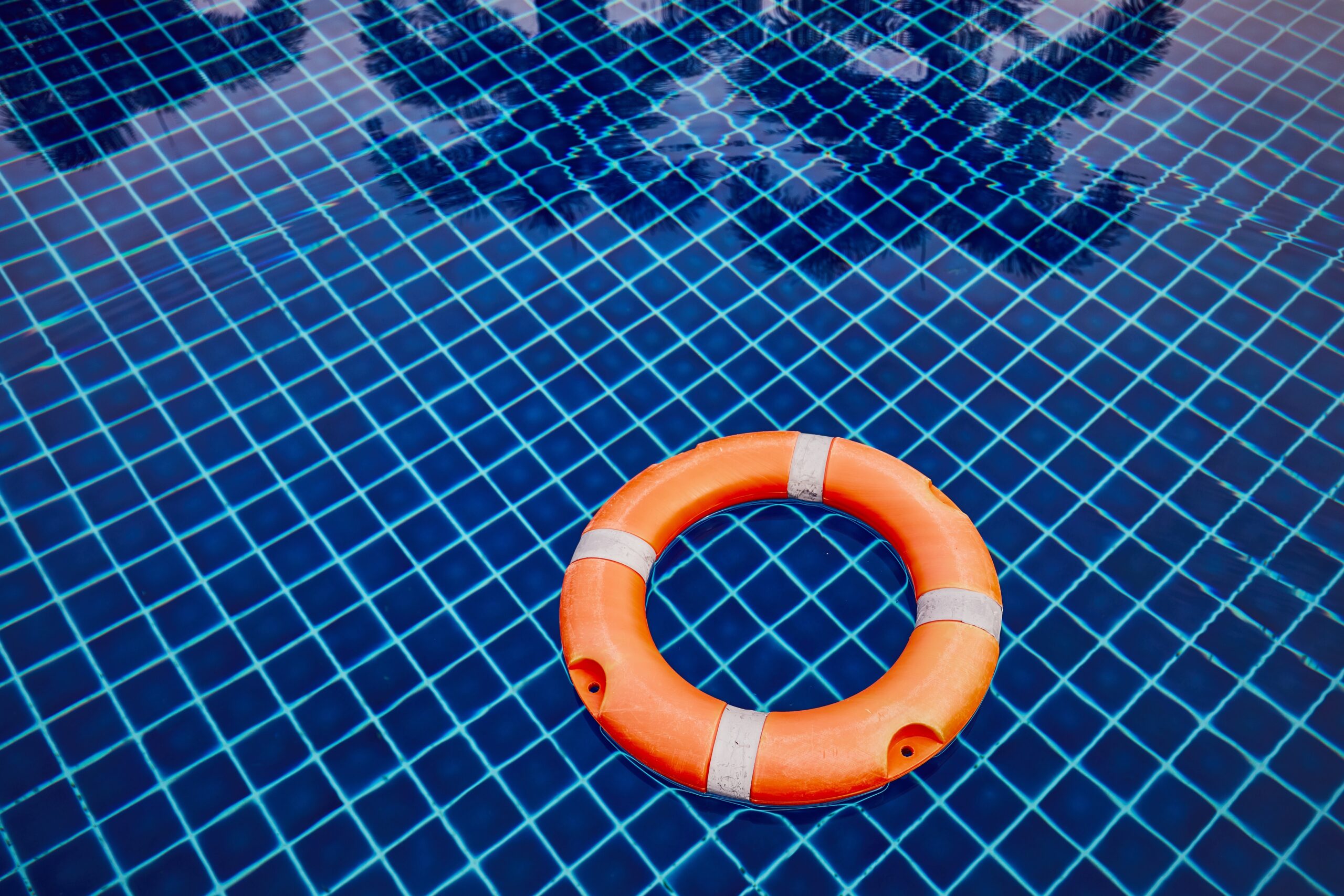I’d call my 40s a rollercoaster, similar to the kind of ride many women report experiencing in perimenopause.
I think I was 41 or 42 when weird things started happening: Tingling on my scalp and in my hands. A frequent whooshing feeling in my head that I was sure was the start of an aneurysm. (‘Here we go’, I’d think, staring out at my staff and wondering who would move first when I fell out of my chair). Horrible headaches, a sore neck; aching hips so bad it hurt to roll over in bed. I was always tired but would wake up in the middle of the night with a jolt. I started having terrifying nightmares that I was dying, and had forgotten to take the pill that kept me alive. I’d wake up scrambling through my bedside table, looking for something that was never there. I developed a sudden and profound fear of flying, and panic attacks. Everything seemed scary.
I would easily and often stew and ruminate about people, or their actions. Anxiety was near-constant; I was always fighting a lurking sense of dread – a feeling that hit hardest in the morning. I ran myself ragged trying to cope: exercising like a crazy person to feel better and on the weekends, drinking too much just to relax.
One night I woke up at 3am with severe chest pain and called myself an ambulance. The EMTs and everyone at the ER took me very seriously. I had a full cardio workup. Nothing was wrong.
I was drowning. I felt totally alone. And I was so scared, because I was sure something was terribly wrong with me that no one could seem to find.
What I didn’t know then was that there is something called “perimenopause”.
Perimenopause is all the years before menopause, maybe a decade or more, maybe even in your 30s. Your periods can be regular, but your hormones are changing: estrogen is rising and falling and you start losing progesterone and testosterone.
No one knows how long it lasts and people keep trying to count the symptoms – is it 34, 40, 60, 80+, more than 100?
Because our hormones impact the functioning of everything in our body, we might as well stop counting; the respected British endocrinologist and author Dr Annice Mukherjee once told me the number can be “infinite”.
The bottom line? This is an all-systems situation. You probably know about hot flashes. Brain fog. Fatigue. But burning tongue? Formication, which is the feeling that something is crawling on your skin? Itchy ears and face? Bleeding gums? There are so many more, some of them a bit silly, others serious, like thoughts of suicide. I had those too.
When I finally skipped a period at 48, I slowly realized that perimenopause is what had been wreaking absolute havoc on my life for years. This was embarrassing: I’m a journalist, specializing for much of my career in covering health, wellness and scientific research. Although denial definitely had something to do with it, how did I not know about this?
Of course, along the way I must have seen a dozen different health care professionals.
How did they not know this?
Everything got easier once I realized what was going on. If I’d known what was going on, I could have tried hormone therapy. But I didn’t, so I couldn’t. And not knowing I was in perimenopause forced me to look elsewhere – and get to the bottom of some of my issues, which were, let’s face it, bigger and more longstanding than my hormone fluctuations.
We know that a lot of women can’t take hormone therapy, or that it doesn’t always work for them, or that while it helps some things, it doesn’t with others. The bottom line is that we need a range of solutions to choose from, and that it’s not always about the perimenopause, either.
So here are 7 things that worked for me:
1) Fear of flying
Whatever it was that sparked this fear, and other perimenopausal women report becoming scared of other things, like driving, driving at night or driving over bridges, what did the trick was a combination of cognitive behavioral therapy and spending a few hours in a flight simulator.
2) Waking in the night
I started leaving a cup of chamomile tea by the bed and when I woke up, I would drink it. Then I would do slow breathing, four counts in, 9 or 10 counts out, while doing an exercise I saw recommended for soothing the heart chakra. Measure three fingers down from the top inside of your wrist, then gently work your thumb in between the tendons until you begin to feel calmer. It works. Or I believed it would work, and that meant it did work. I don’t see much difference.
3) Nightmares
Someone at a yoga retreat helped me with this, suggesting that I tell myself gently but firmly before falling asleep that I am definitely not dying and there is no medication that I take to prevent it. This approach worked almost immediately.
4) Panic attacks, mood
I spent four years in therapy. This isn’t available for everyone, of course, but for me it was invaluable in helping to learn to process lingering emotions, stop numbing myself from big feelings, begin to challenge negative self-beliefs and live a more aware life, where I learned to see things as they are, not as I want them to be. I’ve continued to do this work on my own, with tremendous help from a variety of teachers, authors and resources to work through my issues. These include the book How to Do the Work, by the Holistic Psychologist Dr Nicole LePera; courses via Mark Groves, founder of Create the Love and reading The Untethered Soul by Michael Singer. I started following a five-hour, five day, five week rule: anything making me crazy would be revisited at these junctures. I can only recall a relationship in demise that made it five weeks.
5) Morning dread
This one was the worst, and it got much harder to deal with when I became a freelancer. You just don’t factor in how much being around other people lifts the mood. Slowly I incorporated a morning routine that I would force myself to follow, no matter how horrible I felt. It has shifted over time, but generally includes some form of meditation, journaling, getting sunlight and lately, dunking my face in a bowl of ice water several times.
6) Scary physical symptoms
It’s very easy to fall into health anxiety at this stage of life, because in a lot of ways we do feel we might be dying. Sheryl Paul, founder of the Conscious Transitions platform, has been so helpful in dealing with this. In the midst of health anxiety, it helps to ask what we are not giving to ourselves; she argues that our very souls are crying out for attention the only way they can. Sheryl also gently advises on a good rule of thumb to follow with physical symptoms: if something is really wrong, “it will become apparent”. With that advice in mind, if something is concerning – like chest pains – I get it checked out as soon as I can. After that, I breathe and remind myself it’s already been looked at. For everything else, I follow the five-day rule: If whatever symptom is concerning me after five days, I’ll get it checked out.
7) Physical pain
When I was having some really severe body pain, I tried the Whole30 program because I’d heard it could help. After 10 days, I woke up about 90 percent better. Now whenever my physical pain gets bad – always my hips – I’ll go back to that diet. For more intense issues, like neck and back, I’ll do the alignment exercises in Pain Free by Pete Egoscue. If everyone had a copy of this book, we’d all spend a lot less money on chiropractors, physio and massage therapists.
Ann Marie McQueen is the founder of Hotflash inc, a global platform to inform, inspire and entertain people in peri/menopause while bridging the gap between mainstream medicine and holistic care.



